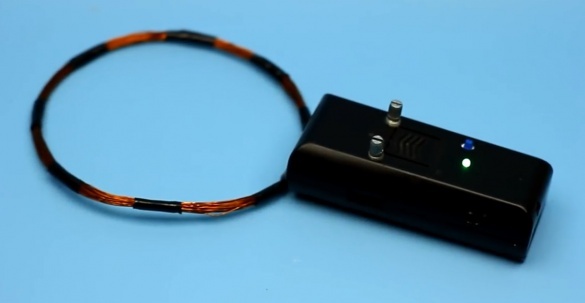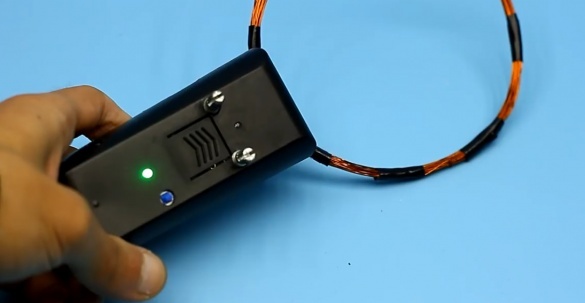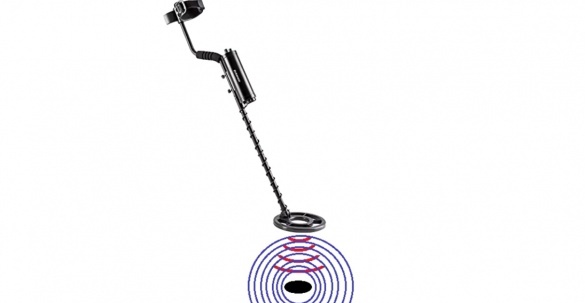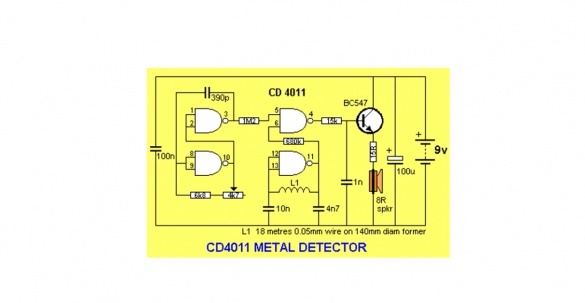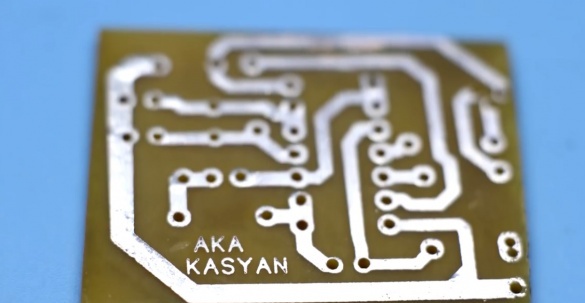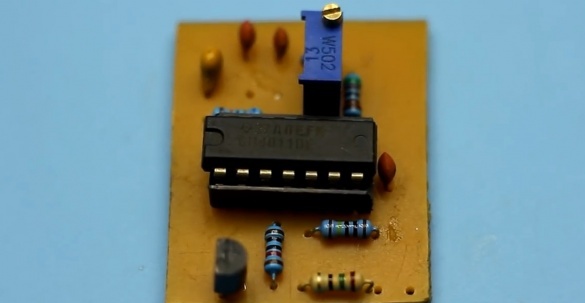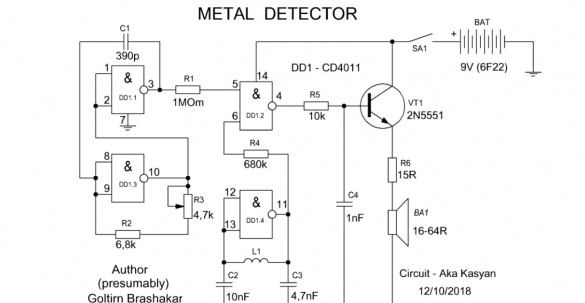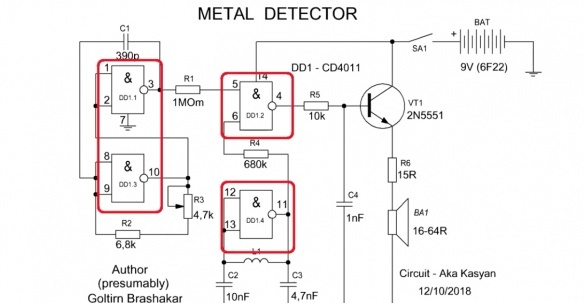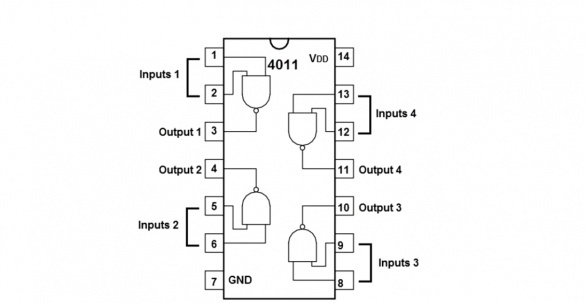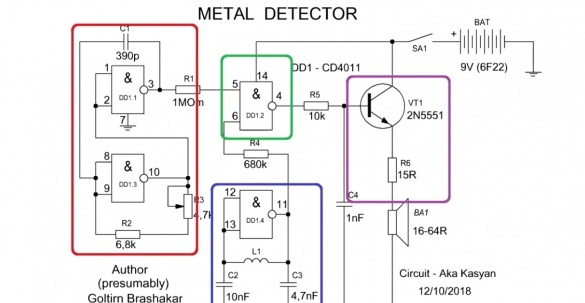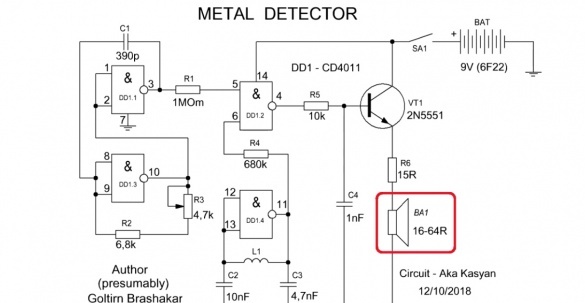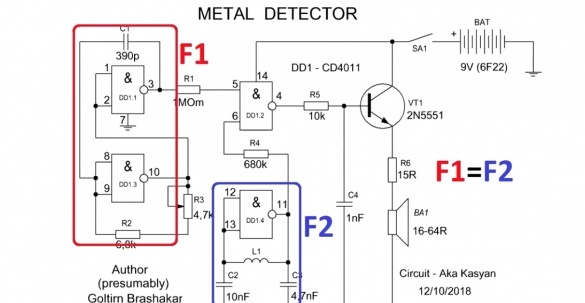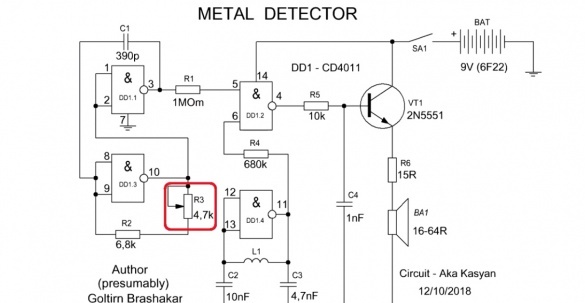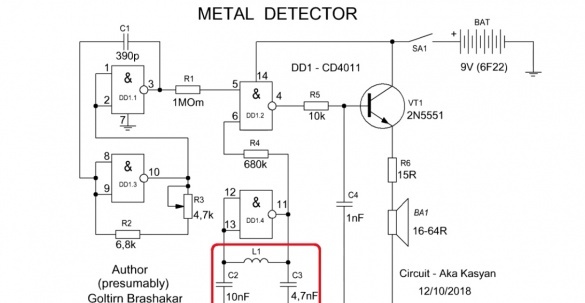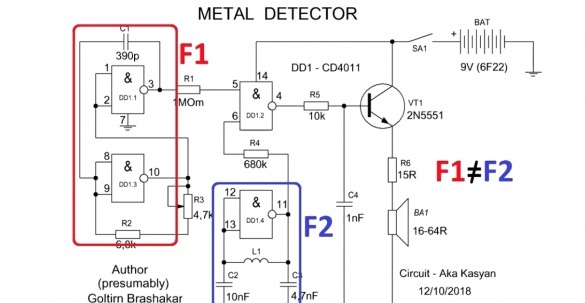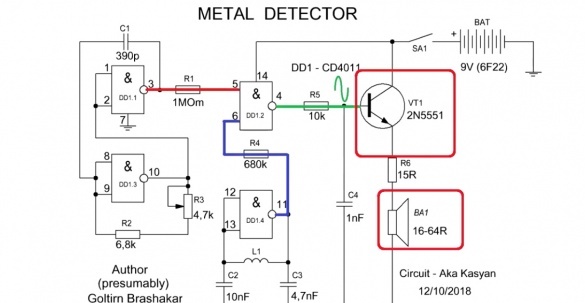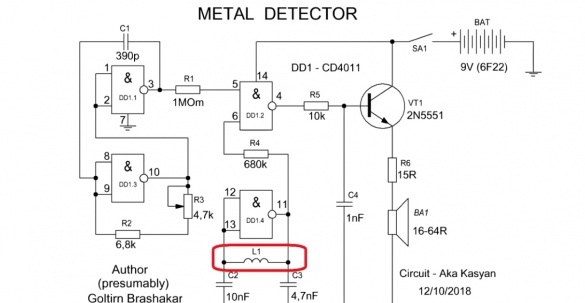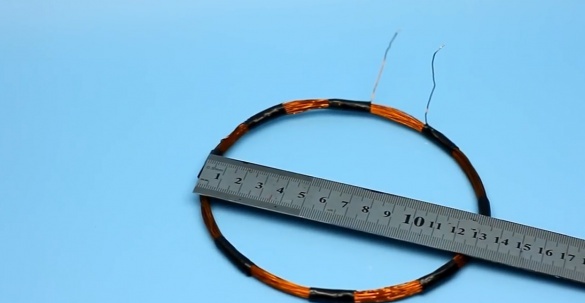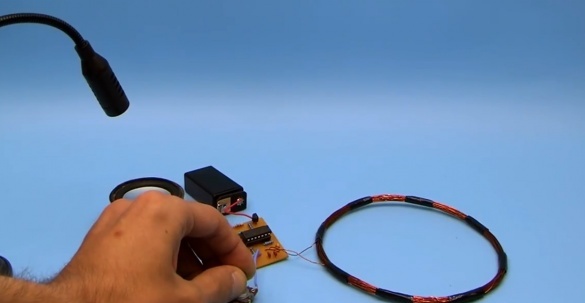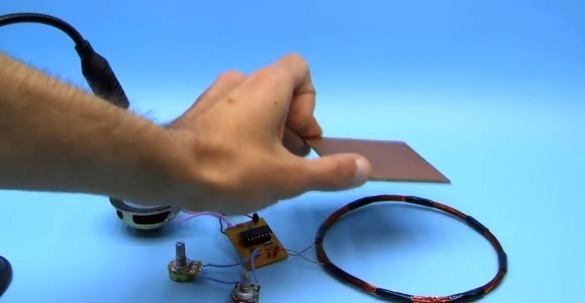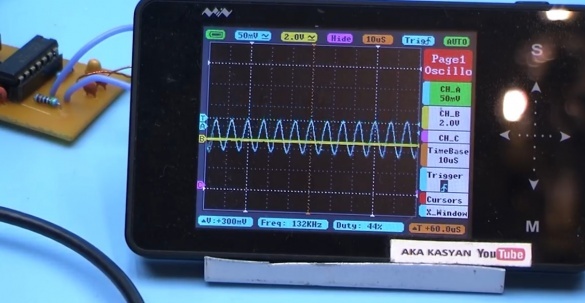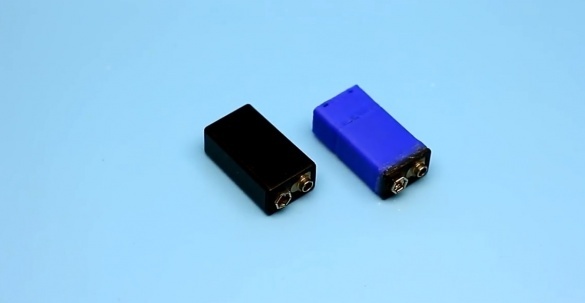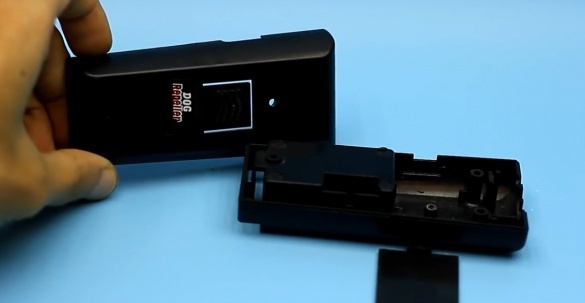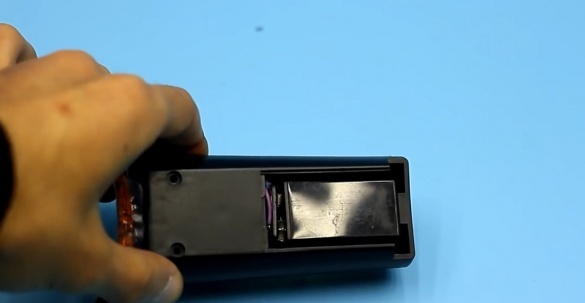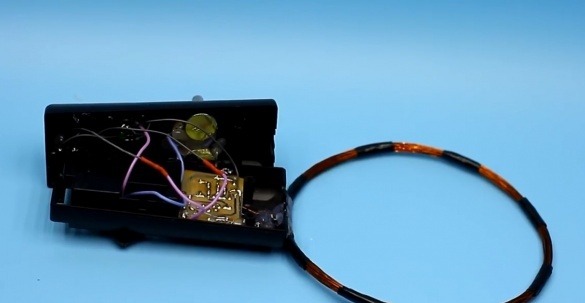Metal detector very tempting device. It can be used for a variety of purposes, for example, to search for old wiring, water pipes, and of treasure in the end. In fact, the concept of a metal detector is very broad, and metal detectors themselves are different. The principle of metal search inherent in classic metal detectors is used in a variety of devices ranging from simple detectors to radar stations. We will delve deeper into the theory some other time somehow. Well, now let's get down to business.
Recently, so-called pulsed metal detectors, which in their composition contain only one coil and have a relatively simple design, are gaining great popularity. At the same time, they provide pretty good sensitivity and high reliability. The pulse metal detector works on the principle of reception and transmission. The search coil in such a metal detector can operate in 2 modes: reception and transmission.
Radiated coil: The signal generates or excites Foucault eddy currents in the metal, which are captured by the coil itself.
Different metals have different electrical conductivity, many metal detectors are able to recognize this, with fairly high accuracy determining what kind of metal is in the ground. The above metal detector circuitry is very common, but there are very few photos of real designs and reviews, so AKA KASYAN (author of the YouTube channel of the same name) decided to repeat the circuit in order to understand what was happening. The author created a printed circuit board and soldered all the components.
The printed circuit board itself turned out to be quite compact. It was made by the LUT method (who cares, in the description under the author’s video you will find a link to the project archive with a printed circuit board file, as well as a diagram, a list of components and everything else (SOURCE link at the end of the article)).
The advantages of this scheme are many. Firstly, this is the presence of only one coil, secondly, it is an extremely simple and not capricious circuit that requires virtually no additional configuration, and finally, most importantly, the entire circuit is built on the basis of only one microcircuit.
After assembly and testing, additional chips of this scheme surfaced, namely low sensitivity to soil, which is an important point.And if you want, the metal detector can be configured so that it only sees non-ferrous metals and ignores black ones. That is, some similarity to the function of discrimination of metals, which is available on many models of commercial metal detectors.
Of the shortcomings is the shallow search depth. The detector detects large metal objects at a distance of 30 cm, medium coins up to 5-8 cm. This is not enough, many will say, but it depends on what purpose. For example, the author assembled this metal detector to search for old water pipes in the wall and the circuit coped with this task 100%.
This baby is good precisely because of its simplicity and for certain tasks it can become an indispensable assistant.
Let's look at his scheme:
It is built on the basis of CMOS logic CD4011.
The circuit consists of 4 parts: reference and search generators, a mixer and a signal amplifier (in this case, it is built on a single transistor).
As a dynamic head, it is preferable to use headphones with a coil resistance of 16 to 64 Ohms, since the output stage is not designed for low-impedance load.
The detector works in a simple manner. Initially, the search and reference oscillators are tuned to approximately the same frequency. In this case, there is no difference in frequencies, and, therefore, we will not hear anything from the speaker.
The frequency of the reference oscillator is fixed, with the possibility of manual tuning by rotating a variable resistor.
But the frequency of the search generator strongly depends on the parameters of the LC circuit.
If a metallic object is in the field of view of the search coil, the frequency of the LC circuit is violated, in other words, the frequency of the search generator relative to the reference changes.
Then the signals from both generators enter the mixer. Their difference is highlighted in the form of an audio signal, filtered and fed to the amplifier stage, the load for which is the headphone.
Coil.
The larger the diameter of the coil, the more sensitive the detector. But large coils have their drawbacks, so you need to choose the optimal parameters. For this circuit, the most optimal diameter lies in the range from 15 to 20 cm. The diameter of the winding wire is from 0.4 to 0.6 mm, the number of turns is 40-50, in case the diameter of the coil is within 20 cm. In this case, the coil trimmed, turns and diameter less than necessary, so the sensitivity of the circuit is not so hot.
If you plan to use a homemade metal detector in conditions of high humidity, the coil must be carefully sealed.
Customization. If at the first start-up the circuit does not respond to metal, but all the components are serviceable, most likely the frequency difference from the generators is outside the sound range and the sound is simply not perceived by a person. In this case, it is worth twisting the variable resistor until a sound signal appears, then slowly rotate the same resistor until we hear a low-frequency signal from the speaker. Then we rotate the alternator a little bit in the same direction until the signal disappears completely.
This completes the setup. For a more precise adjustment, the author advises using a multi-turn resistor, or 2 ordinary variable switches, one of which is designed for coarse tuning, and the second for smoother.
Naturally, all adjustment work must be done in the absence of metal in the field of view of the coil. Well, at the very end, we present the metal object to the coil and make sure that the tone of the sound signal changes, that is, the circuit responds to the metal.
For greater clarity in the experiment, the author used a low-impedance head + external microphone.
The previously mentioned effect of metal discrimination is observed if both generators operate at a frequency of 130-135 kHz.
The circuit can be powered from a constant source with a voltage of 3 to 15V.The best option is to use a 9-volt battery of 6F22 format (Crohn).
The current consumption of the circuit in this case will be in the range from 15 to 30 mA, depending on the load resistance.
The body of the device was taken from a Chinese dog repeller. The repeller itself, according to the author, was so-so, but the case came in handy.
This case has a compartment for a 9-volt battery, and there was enough space under the hood to install the board, switches and other small things, like a 3.5mm connector, switch and power indicator.
The author originally wanted to create a compact handheld metal detector, hence this solution. Well, well, let's round off on this. Thank you for attention. See you soon!
Video:

